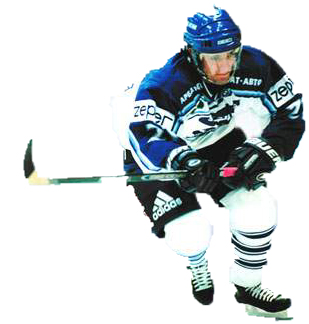APPLIED HOCKEY SCIENCES
 | ||||
 | ||||
A major part of all hockey players training program should be a hockey specific dryland, or "off ice" training program. Dryland training evolved decades ago in Europe when players and coaches at that time did not have the luxury of ice to train on year round.
Because of this, exercises were designed to simulate on ice movements in hockey specific training sessions. Stick handling, shooting, agility training, tumbling, hand eye coordination, foot coordination, and exercises that promote general athleticism, all go together to produce a very complete hockey player.
In Russia, they make their players athletes first, hockey players second.
They realize that if a player has advanced motor skills then this is going to carry over to the ice. It is not uncommon for a 200 pound player to stand and do a back flip off ice in Russia. What does that have to do with hockey you say? Chances are he will not be called upon to do so on the ice, but the motor skills, coordination, and body control to do such a feat, will help him greatly when he encounters the unexpected on the ice during a game or practice session.
"BUILDING BETTER HOCKEY PLAYERS THROUGH SCIENCE"
APPLIED HOCKEY SCIENCES
Applied Hockey Sciences Established in 1996
"The Harder We Train,
The Less We Will Bleed In Battle"
